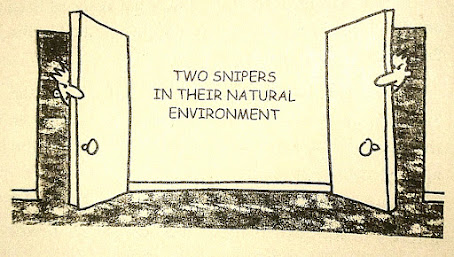HOW TO BRING OUT THE BEST IN NOTHING PERSON

THE NOTHING PERSON: Nothing People are passive, but can be task focused or people-focused depending on their intert-get it right or get along. When the intent to get along is threatened, shy people tend to with draw and become ever more passive. When get it right Nothing People see their quest for perfection thwarted, they get frustrated and withdraw, convinced that nothing will change the situation, no matter what they say or do. Although Nothing People seem to withdraw from conflict, inside they can be boiling cauldrons of hospility. Silence can be their form of aggression. Your goal with a Nothing Person is to break this silence and persuade him or her to talk. Here is a surefire five-step process to break your Nothing Person's silence Plan enough time. Dealing successfully with a Nothing Person may take a long time. If you're tense because of time constraints, you may be too intense to draw him or her out. The more intense you get, the deeper the Nothing Person withdraws i...



















.jpeg)